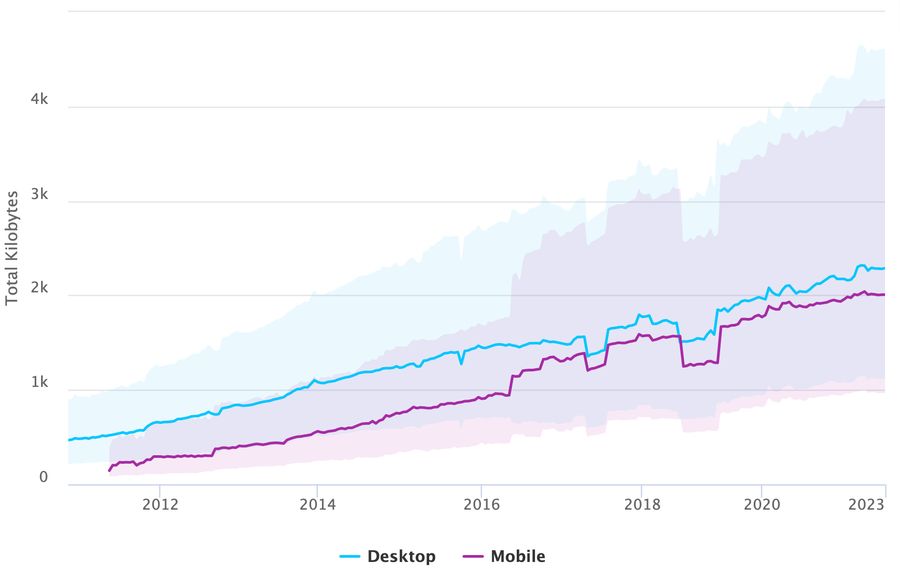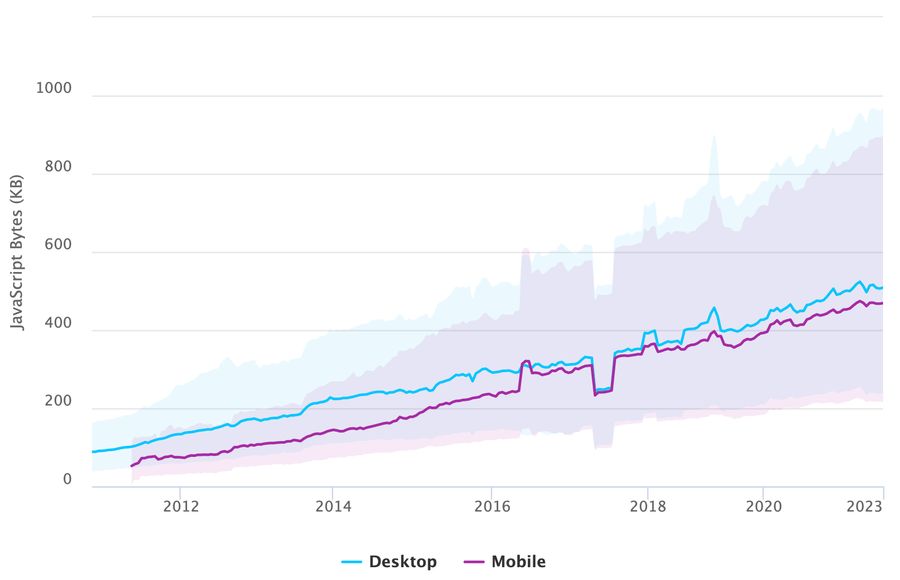Why a fast website is also a green one

In this blog we'll dive into the connection between web performance and carbon emissions.
You may be wondering, "how can my website emit CO2, and is it really that significant?" But it's estimated that internet use accounts for 3.7% of global emissions which is equivalent to all air traffic emissions globally. This figure is expected to rise by 5-7% annually.
What's worse, the report was released before COVID-19 started the work-from-home Zoom era which has inevitably made those numbers worse.
As a website owner, what can you do to help?
Website performance has a significant impact on the environment. The faster a website loads, the less energy it consumes, which means fewer carbon emissions. With the growing concern for climate change, it's important for website owners to understand the connection between web performance and the environment.
Let's explore how you can make your website more eco-friendly.
How much a website consumes in terms of energy isn't trivial to measure. The datacenter where the website is hosted consumes energy. So does the CDN (Content Delivery Network) used to serve your images and other static files, any routers/switches along the way to your end users' device. And finally, that device also consumes energy.
To simplify things, let's talk about two metrics you can use to determine your website's energy consumption: Network transfer size (page weight) and the size of your JavaScript.
Websites have quadrupled in size the past decade
Reports from HTTPArchive shows that the average page weight for desktop pages has quadrupled in the last 10 years. And mobile pages have increased fivefold in size.

Our computers and smartphones have become much faster since then, and datacenters may have become more energy efficient. But the above clearly shows that the energy consumption of the internet is going up.
JavaScript size
When breaking down the different types of resources loaded by the websites, it becomes clear that JavaScript is one of the main contributor.

Browsers now have to parse and execute 4-5 times as much JavaScript compared to 10 years ago. The energy consumption of this highly depends on the nature of the script, but it's clear that browsers do a lot more work today than just a few years ago.
...
In addition to website speed, there are other ways to make your website more eco-friendly. One way is to optimize images by compressing them, which reduces their file size and speeds up load time. Another way is to use a Content Delivery Network (CDN), which stores website content in multiple locations around the world, reducing the distance that data has to travel.
In conclusion, website performance has a significant impact on the environment. By understanding the connection between web performance and carbon emissions, website owners can take steps to make their websites more eco-friendly. This not only benefits the environment but also improves browsing experience and search engine rankings. So, start optimizing your website's speed and performance today and do your part in fighting climate change.

